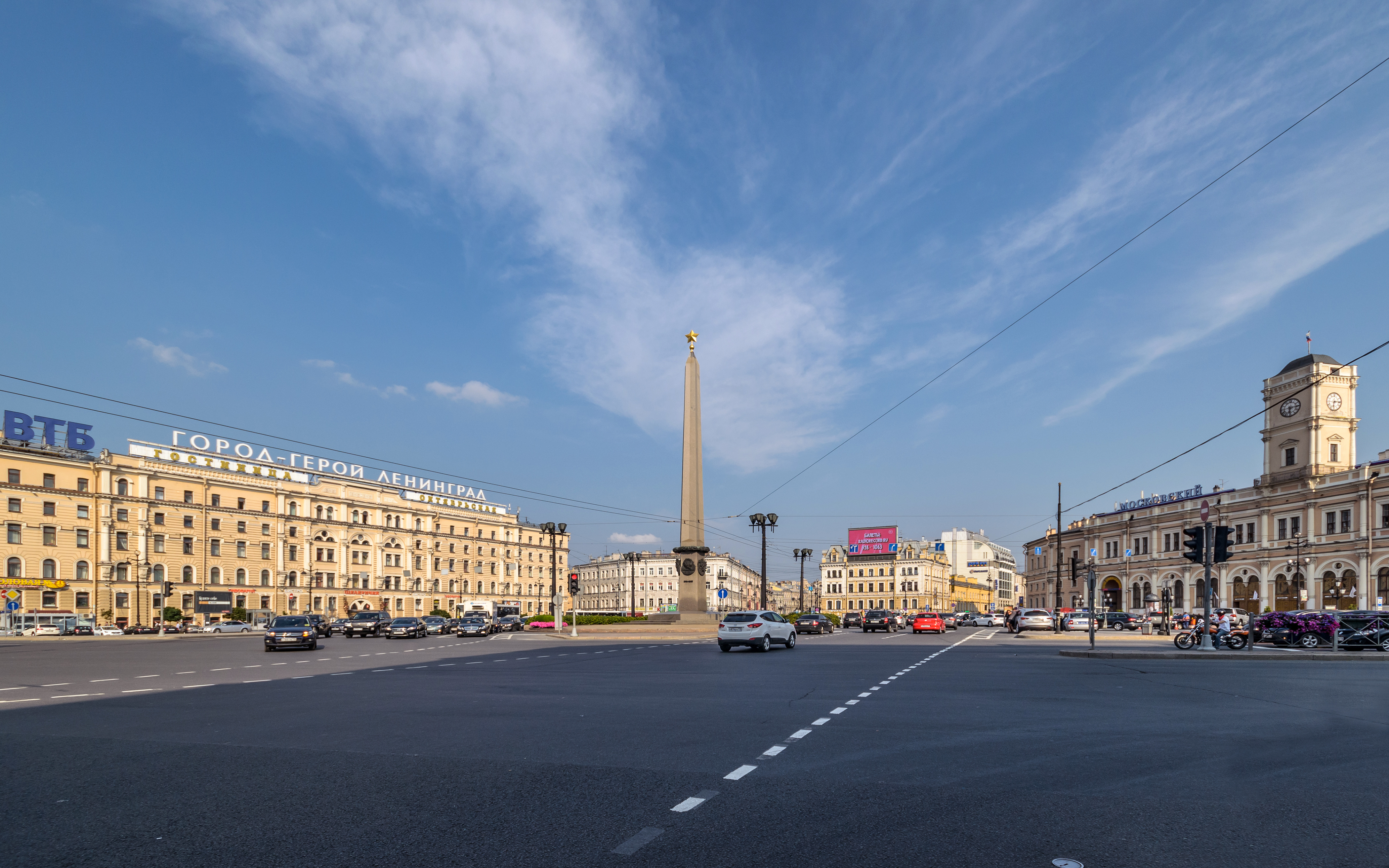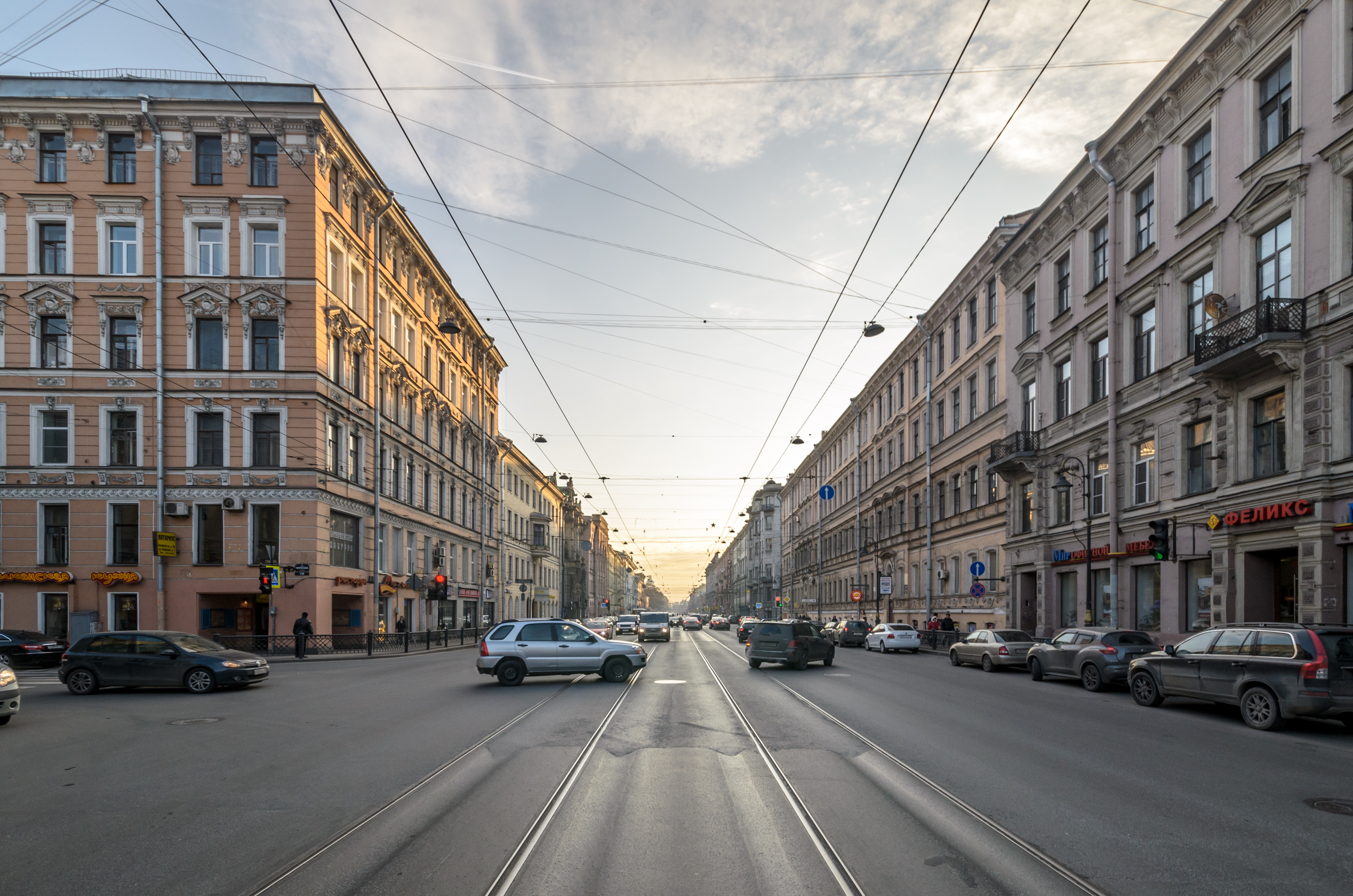|
Liteyny Municipal Okrug
Liteyny Municipal Okrug (russian: муниципа́льный о́круг Лите́йный) is a municipal okrug of Tsentralny District of the federal city of St. Petersburg, Russia. Population: The okrug borders the Neva River in the north, Chernyshevskogo Avenue and Vosstaniya Street in the east, and |
Administrative Divisions Of Saint Petersburg
The federal city of Saint Petersburg, Russia, is divided into eighteen ''rayony'' ("districts", russian: районы, singular: ''rayon''), which are in turn subdivided into municipal okrugs, municipal towns, and municipal settlements. Admiralteysky District Frunzensky District Kalininsky District Kirovsky District Kolpinsky District Krasnogvardeysky District Krasnoselsky District Kronshtadtsky District Kurortny District Moskovsky District Nevsky District Petrodvortsovy District Petrogradsky District Primorsky District Pushkinsky District Tsentralny District Vasileostrovsky District Vyborgsky District References Notes Sources * See also *Saint Petersburg City Administration {{Saint Petersburg Saint Petersburg Saint Petersburg ( rus, links=no, Санкт-Петербург, a=Ru-Sankt Peterburg Leningrad Petrograd Piter.ogg, r=Sankt-Peterburg, p=ˈsankt pʲɪtʲɪrˈburk), formerly known as Petrograd (1914–1924) and late ... [...More Info...] [...Related Items...] OR: [Wikipedia] [Google] [Baidu] |
Tsentralny District, Saint Petersburg
Tsentralny District (russian: Центра́льный райо́н) is a district of the federal city of St. Petersburg, Russia. As of the 2010 Census, its population was 214,625; down from 236,856 recorded in the 2002 Census. Geography The district borders the Neva River in the north and in the east, Obvodny Canal in the south, and areas around the Gorokhovaya Street in the west. History The district was established on March 11, 1994 as a result of the merger of Dzerzhinsky, Kuybyshevsky, and Smolninsky Districts.Directive #196-r Municipal divisions Tsentralny District comprises the following six municipal okrugs:Law #411-68 * #78 * Dvortsovy * Ligovka-Yamskaya * Liteyny * Smolninskoye * Vladimirsky Economy Head office of the Rossiya airline is located in Vladimirsky Municipal Okrug Vladimirsky Municipal Okrug (russian: Влади́мирский муниципа́льный о́круг) is a municipal okrug in Tsentralny District, one of the ... [...More Info...] [...Related Items...] OR: [Wikipedia] [Google] [Baidu] |
Federal Cities Of Russia
In the Russia, Russian Federation, a city of federal importance ( rus, город федерального значения, r=gorod federalnogo znacheniya), also known as a federal city, is a types of inhabited localities in Russia, city that has a status of both an inhabited locality and a constituent Federal subjects of Russia, federal subject. There are two federal cities within Russia's internationally recognised territory: Moscow and Saint Petersburg. , Sevastopol, which is internationally recognised as part of Ukraine, is currently occupied by Russian forces and described by the Russian government as Russia's third federal city. Moscow and Saint Petersburg are list of cities and towns in Russia by population, the largest cities in the country: Moscow is the capital city, national capital and Saint Petersburg is a previous Russian capital and important port city in the Baltic Sea. Sevastopol is located in Crimea, which is internationally recognised as part of Ukraine. ... [...More Info...] [...Related Items...] OR: [Wikipedia] [Google] [Baidu] |
Saint Petersburg
Saint Petersburg ( rus, links=no, Санкт-Петербург, a=Ru-Sankt Peterburg Leningrad Petrograd Piter.ogg, r=Sankt-Peterburg, p=ˈsankt pʲɪtʲɪrˈburk), formerly known as Petrograd (1914–1924) and later Leningrad (1924–1991), is the second-largest city in Russia. It is situated on the Neva River, at the head of the Gulf of Finland on the Baltic Sea, with a population of roughly 5.4 million residents. Saint Petersburg is the fourth-most populous city in Europe after Istanbul, Moscow and London, the most populous city on the Baltic Sea, and the world's northernmost city of more than 1 million residents. As Russia's Imperial capital, and a historically strategic port, it is governed as a federal city. The city was founded by Tsar Peter the Great on 27 May 1703 on the site of a captured Swedish fortress, and was named after apostle Saint Peter. In Russia, Saint Petersburg is historically and culturally associated with t ... [...More Info...] [...Related Items...] OR: [Wikipedia] [Google] [Baidu] |
Russia
Russia (, , ), or the Russian Federation, is a List of transcontinental countries, transcontinental country spanning Eastern Europe and North Asia, Northern Asia. It is the List of countries and dependencies by area, largest country in the world, with its internationally recognised territory covering , and encompassing one-eighth of Earth's inhabitable landmass. Russia extends across Time in Russia, eleven time zones and shares Borders of Russia, land boundaries with fourteen countries, more than List of countries and territories by land borders, any other country but China. It is the List of countries and dependencies by population, world's ninth-most populous country and List of European countries by population, Europe's most populous country, with a population of 146 million people. The country's capital and List of cities and towns in Russia by population, largest city is Moscow, the List of European cities by population within city limits, largest city entirely within E ... [...More Info...] [...Related Items...] OR: [Wikipedia] [Google] [Baidu] |
Neva River
The Neva (russian: Нева́, ) is a river in northwestern Russia flowing from Lake Ladoga through the western part of Leningrad Oblast (historical region of Ingria) to the Neva Bay of the Gulf of Finland. Despite its modest length of , it is the fourth-largest river in Europe in terms of average discharge (after the Volga, the Danube and the Rhine). The Neva is the only river flowing from Lake Ladoga. It flows through the city of Saint Petersburg, the three smaller towns of Shlisselburg, Kirovsk and Otradnoye, and dozens of settlements. It is navigable throughout and is part of the Volga–Baltic Waterway and White Sea–Baltic Canal. It is the site of many major historical events, including the Battle of the Neva in 1240 which gave Alexander Nevsky his name, the founding of Saint Petersburg in 1703, and the Siege of Leningrad by the German army during World War II. The river played a vital role in trade between Byzantium and Scandinavia. Etymology The earliest people i ... [...More Info...] [...Related Items...] OR: [Wikipedia] [Google] [Baidu] |
Vosstaniya Square
Vosstaniya Square (russian: Пло́щадь Восста́ния, lit. ''Uprising Square'') is a major square in the Central Business District of Saint Petersburg, Russia. The square lies at the crossing of Nevsky Prospekt, Ligovsky Prospekt, Vosstaniya Street and Goncharnaya Street, in front of the Moskovsky Rail Terminal, which is the northern terminus of the line connecting the city with Moscow. Administratively, the Vosstaniya Square falls under the authority of the Tsentralny District. History From the 1840s to 1918 the square was known as Znamenskaya Square ( ru , Знаменская площадь, "Sign Square"), after the built there between 1794 and 1804 to a Neoclassical design by . The church building commemorated the icon of Our Lady of the Sign. Four years before the Romanov Tercentenary, in 1909, Prince Paolo Troubetzkoy, an artist and sculptor, completed a tremendous equestrian statue of Tsar Alexander III. It stood opposite Nikolayevsky Station in ... [...More Info...] [...Related Items...] OR: [Wikipedia] [Google] [Baidu] |
Nevsky Avenue
Nevsky Prospect ( rus, Не́вский проспе́кт, r=Nevsky Prospekt (street), Prospekt, p=ˈnʲɛfskʲɪj prɐˈspʲɛkt) is the main street (high street) in the federal city of Saint Petersburg, St. Petersburg in Russian Federation, Russia. It takes its name from the Alexander Nevsky Lavra, the monastery which stands at the eastern end of the street, and which in turn commemorates the Russian hero Prince Saint Alexander Nevsky (1221–1263). Following his founding of Saint Petersburg in 1703, Tsar Peter the Great, Peter I planned the course of the street as the beginning of the road to Veliky Novgorod, Novgorod and Moscow. The avenue runs from the Admiralty building, Saint Petersburg, Admiralty in the west to the Moskovsky railway station (Saint Petersburg), Moscow Railway Station and, after veering slightly southwards at Vosstaniya Square, to the Alexander Nevsky Lavra. History of the street 18th century Early 18th century. Reign of Peter the Great On Septembe ... [...More Info...] [...Related Items...] OR: [Wikipedia] [Google] [Baidu] |
Liteyny Avenue
Liteyny Avenue (russian: Лите́йный проспе́кт, ''Liteyny Prospekt'') is a wide avenue in the Central District of Saint Petersburg, Russia. The avenue runs from Liteyny Bridge to Nevsky Avenue. The avenue originated in 1738 when the forest was cleared to make a trail from Nevsky Prospekt to a foundry (est. 1711) at the banks of Neva River. The Russian word "liteyny" means "metal casting" as an adjective, hence the street name. Soon after the October Revolution, the avenue was named ''Prospekt Volodarskogo'' after the Russian revolutionary V. Volodarsky. In 1944, the historic name was restored. Notable locations * No. 4 – the Big House, former NKVD building, currently local city government office. * No. 14 – the 19th-century Varvara Dolgoruky mansion. * No. 24 – Muruzi House with Joseph Brodsky apartment. * No. 36 – Nekrasov Museum. * No. 37 – Department of Crown Domain ('Dom departamenta udelov'), 1840s, Harold Bosse. * No. 42 – former Zinaida ... [...More Info...] [...Related Items...] OR: [Wikipedia] [Google] [Baidu] |
Kutuzov Embankment
The Kutuzov Embankment or Kutuzov Quay () is a street along the Neva River in Central Saint Petersburg. The street begins at the Fontanka, where the Palace Embankment becomes the Kutuzov Embankment, and the street ends at the Liteyny Prospekt and Liteyny Bridge. It was known as the French Embankment in the beginning of the 19th century, as the French Embassy used to be located on the street. The street was later named after Prince M. I. Kutuzov, who began his successful campaign against Napoleon Bonaparte during the French Invasion of Russia on the embankment. References External links Official websiteof Saint Petersburg Saint Petersburg ( rus, links=no, Санкт-Петербург, a=Ru-Sankt Peterburg Leningrad Petrograd Piter.ogg, r=Sankt-Peterburg, p=ˈsankt pʲɪtʲɪrˈburk), formerly known as Petrograd (1914–1924) and later Leningrad (1924–1991), i ... Streets in Saint Petersburg Cultural heritage monuments of federal significance in Saint Petersbu ... [...More Info...] [...Related Items...] OR: [Wikipedia] [Google] [Baidu] |



